Chilling detail in China satellite photo reveals Beijing may be planning a military operation in a surprising location
As the world’s eyes were on Chinese combat aircraft and warships intimidating Taiwan, something equally sinister was unfolding to the south and west.
As the world’s eyes were on Chinese combat aircraft and warships intimidating Taiwan’s newly elected president in recent weeks, something equally sinister was unfolding to the south and west.
Satellite photos have revealed its most advanced stealth fighter has been deployed to another international hotspot.
“Analysis of imagery collected over Shigatse Air Base in China shows the deployment of six likely J-20 stealth fighter aircraft near the Indian border,” reveals open-source geospatial research provider All Source Analysis.

The Chengdu J-20 Mighty Dragon is China’s most advanced combat aircraft.
The People’s Liberation Army Air Force (PLAAF) proudly proclaims it to be the equal of anything the West can pitch against it.
And India, whose high Himalayan terrain has been the scene of several clashes with advancing Chinese troops in recent years, has no stealth aircraft.
Instead, it’s relying on replacing its ageing Soviet-era fleet with French-built Rafael interceptors.
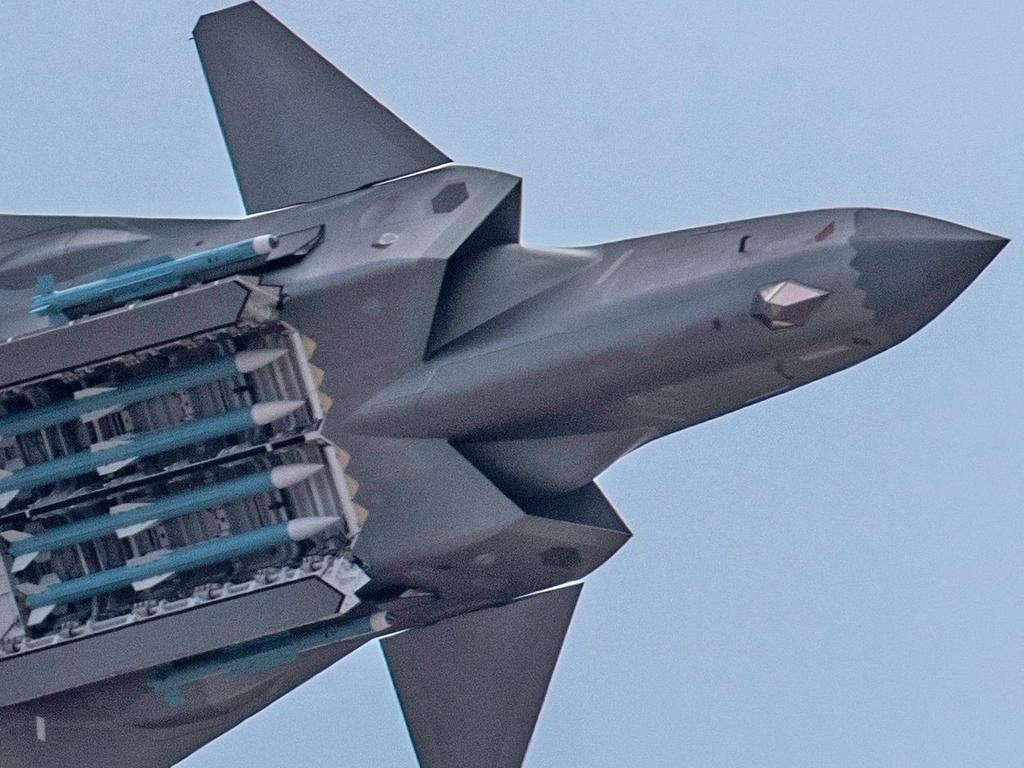
The 3,300km disputed border, known as the Line of Actual Control (LAC), has been the site of extensive Chinese military engineering and construction work in recent years. New roads carved into the uninhabited mountains have enabled the building of forward observation posts, barracks and helicopter pads.
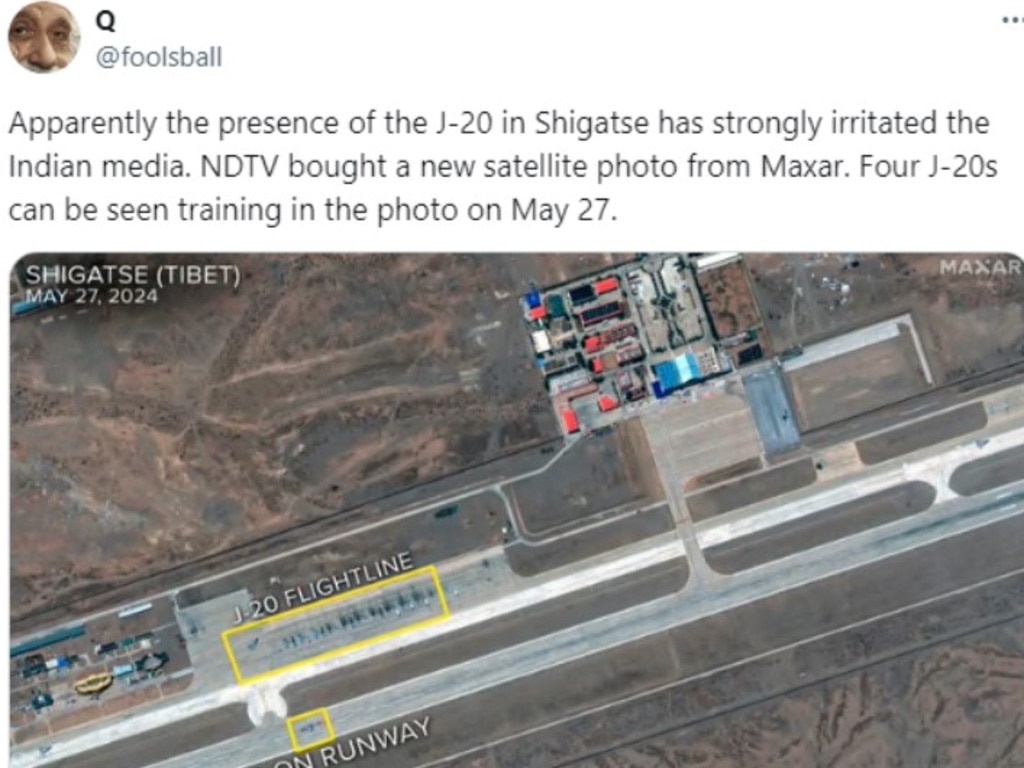
India has responded in kind, expanding its own network of roads and high-altitude infrastructure to support a surge of thousands of new troops among the icy peaks and valleys.
It’s estimated each side now has more than 50,000 troops facing off against each other across the frigid highlands.
And analysts warn – just like Taiwan, the Philippines’ Spratly Islands and Japan’s Senkaku Islands – all it could take to start a shooting war is one stupid mistake.
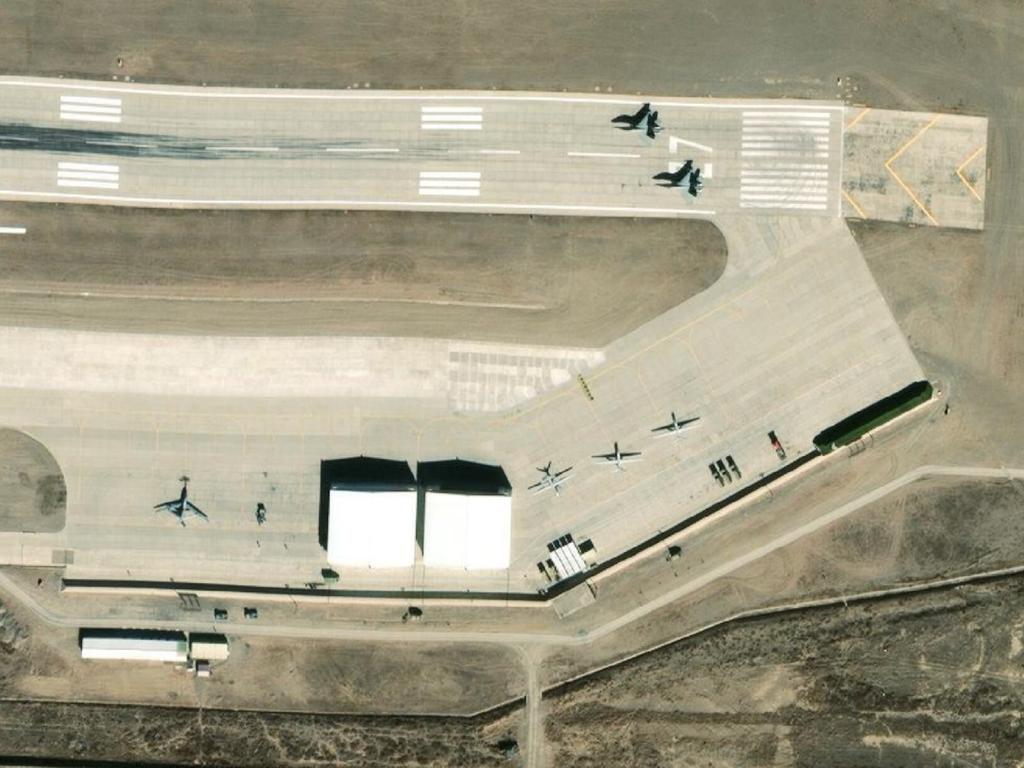
Soaring tensions
“The forward presence of the J-20 in Tibetan airfields is a clear and present threat to the Indian Air Force. This erodes the advantage enjoyed by IAF assets like the Rafale and imposes caution against the PLAAF [Chinese Air Force],” analyst Sameer Joshi told Indian media.
“This capability, combined with an increase in the available numbers of modern fighters in the Chinese inventory, clearly negates the numerical advantage in modern jets that the IAF has enjoyed for some time.”
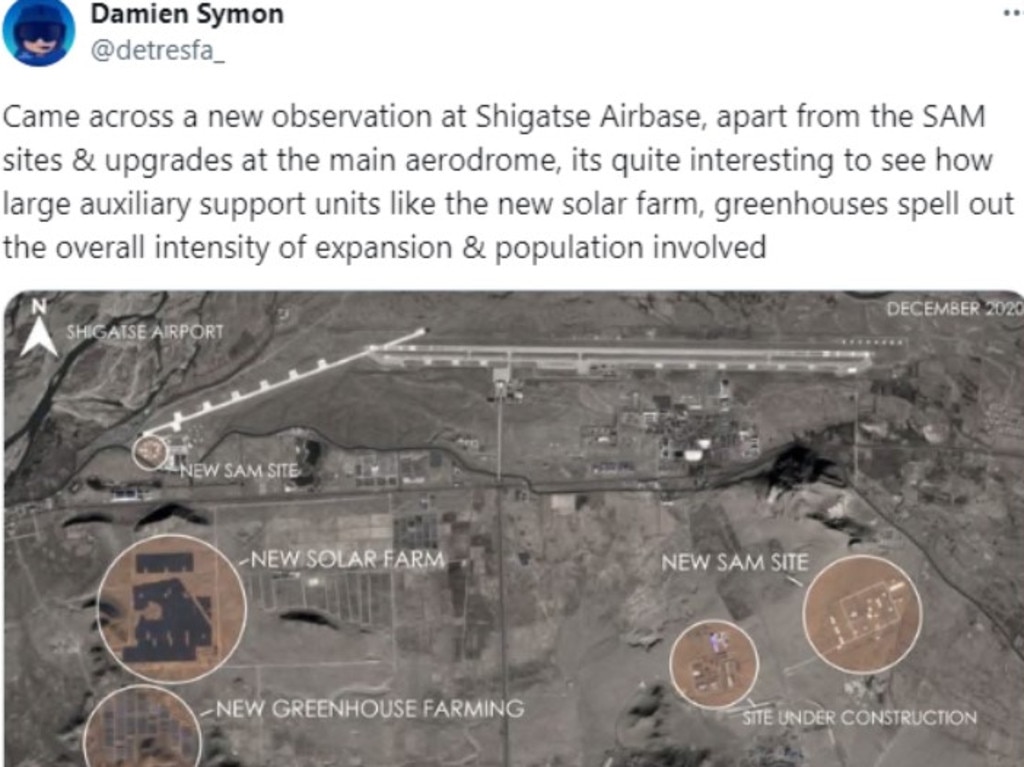
Shigatse Air Base is a joint military-civilian facility near occupied Tibet’s second-largest city, 3800m high among the Himalayan mountains.
It’s just 150km from the disputed border and underwent an extensive expansion program in 2017, adding a long new runway to accommodate the PLAAF’s largest and heaviest aircraft in the thin mountain air.
In 2022, it was seen testing China’s large new WZ-7 “Soaring Dragon” surveillance and targeting drones.
The presence of six new J-20s in the hostile conditions of the disputed regions suggests its ability to sustain operations at the roof of the world is being evaluated.
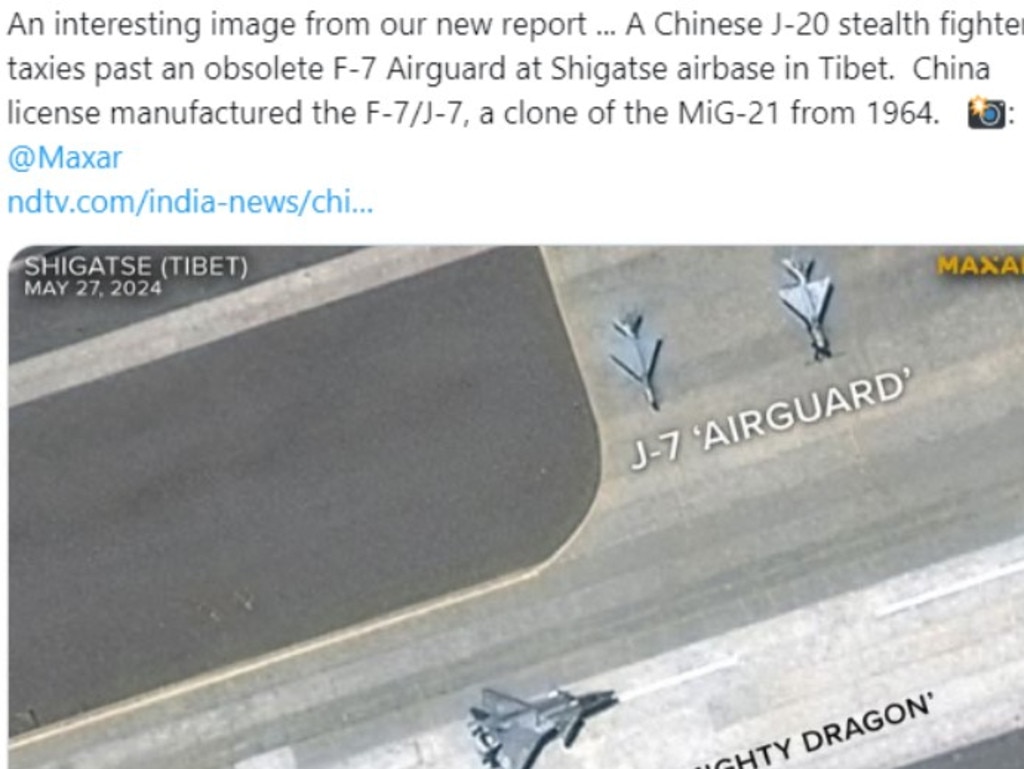
China is only the third nation to build and operationally deploy stealth aircraft after the United States and Russia.
The J-20, introduced to service in 2017, is particularly large for a stealth fighter. While this may increase its overall visibility to radar, it also gives the aircraft significant range and a heavy weapons payload.
It can carry China’s large PL-15 Thunderbolt anti-aircraft missile. This is believed capable of hitting airborne targets up to 300km away.
And Shigatse Air Base is not the only regional Chinese military facility to have undergone a significant upgrade.

In April, Hotan Airbase in southwestern Xinjiang (about 240km from the Indian border) became operational after four years of expansion work. This included a new runway, large new combat aircraft parking bays, maintenance and administration buildings, and bunkers. The facility is much lower in altitude than Shigatse, easing working conditions for maintenance crews and advanced equipment.
But this is just the latest example of rapid improvements to military infrastructure along China’s southern border regions, all designed to support the deployment of combat aircraft, helicopters and artillery among the mountains.

Neighbourhood dispute
“Just as China spars with many of its neighbours over competing territorial claims, the unresolved boundary dispute with India is a great source of volatility,” says International Crisis Group analyst Praveen Donthi.
“In line with other expansionist moves in the South China Sea ... China grew bolder in asserting its territorial claims in the Himalayas and in criticising India for any attempt to strengthen its position in those regions.”
There have been several minor incidents between Indian and Chinese troops since a violent brawl between two border patrols in Galwan Valley, Ladakh, in 2020 led to dozens of deaths.
“The situation on the border is maybe even more critical for India for several reasons,” argues Carnegie Endowment for International Peace Professor Francois Godement.
“First, China’s tactics of erosion, with fake withdrawals followed by consolidation, have created facts on the ground that will be hard to erase.”
Some analysts claim India has lost access to 2000 sqkm of Himalayan territory since the recent Chinese advances began in 2013.
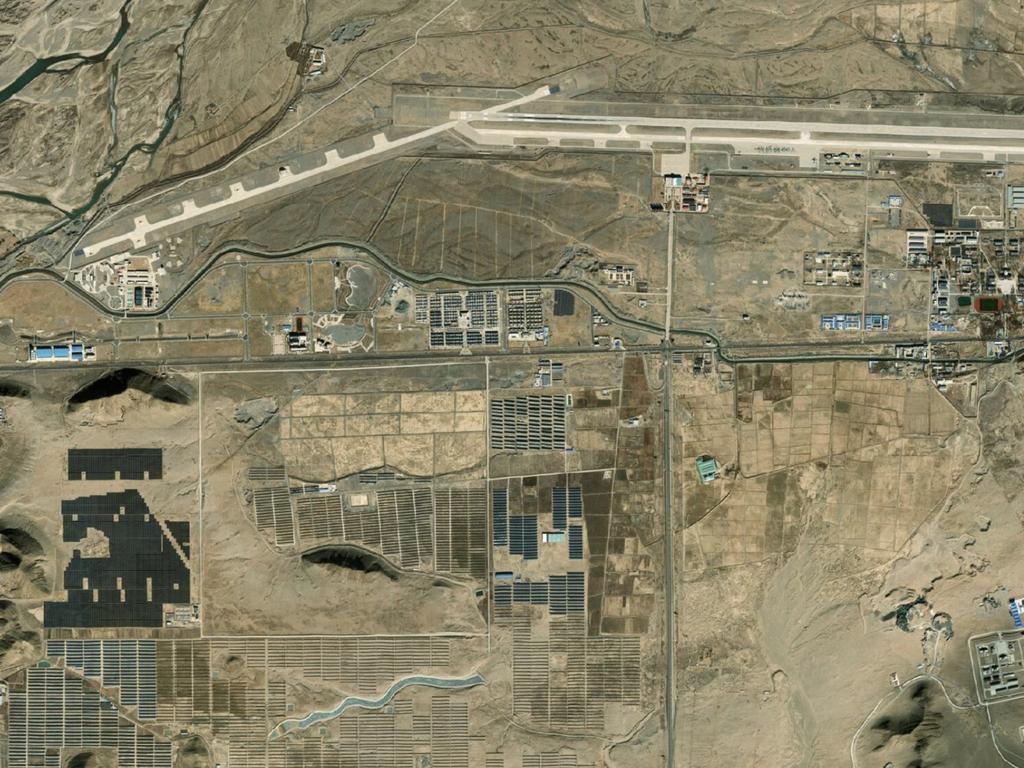
“India’s military, hampered by long and weak logistical lines, could have indeed been defeated even further,” says Professor Godement. “A humiliation of this magnitude would have been a catastrophe for a government that is dependent on popular votes, with an opposition ready to pounce. A patient player who calculates his risks, Xi Jinping did not push his advantage that far.”
Relations between the countries continue to deteriorate – with Beijing’s vocal threats being countered by New Delhi’s moves to build a new alliance with Western partners such as the US, Japan and Australia.
The conflict began in the 1950s when Chairman Mao Zedong’s revolutionary army seized control of Tibet.
That put Beijing on one side of a border that had been poorly defined since British Colonial times.
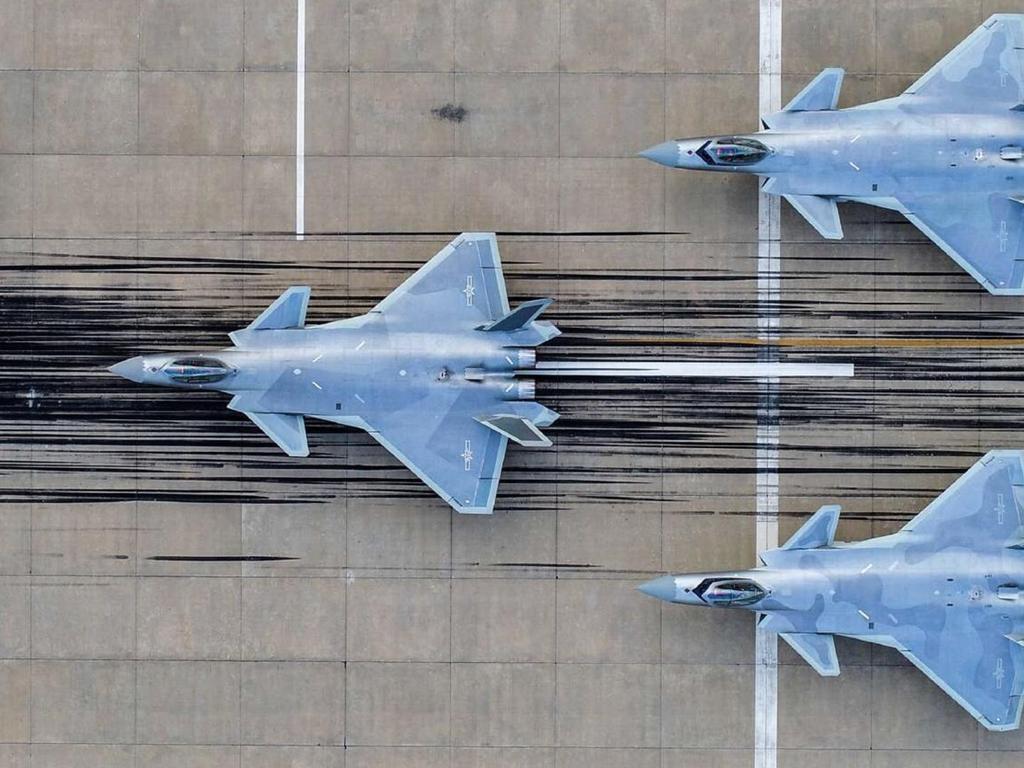
The neighbours, both of which are now nuclear-armed, last fought a war over who owned the southern side of the Himalayas in 1962.
“The border is becoming more volatile,” Donthi warns in the journal Foreign Affairs. “With China consolidating its military positions in the last four years and India trying to mirror those moves, the border has been significantly militarised, and an accidental escalation could carry very serious consequences.”
It’s a warning India’s Chief of Defence Staff General Anil Chauhan takes seriously.
“The unsettled borders with China and the rise of China will remain the most formidable challenge that India and Indian armed forces will face in the foreseeable future,” Chauhan told a recent university presentation.
Beijing’s rhetoric is strikingly similar to that used against its neighbours in the South and East China Seas:
“Zangnan is China’s inherent territory, and China never recognises and firmly opposes India’s illegal establishment of the so-called ‘Arunachal Pradesh,’” spokesperson of the Ministry of Defense Senior Colonel Zhang Xiaogang said earlier this year.
“We require the Indian side to cease any action that may complicate the boundary question, and earnestly maintain peace and stability in the border areas.”






